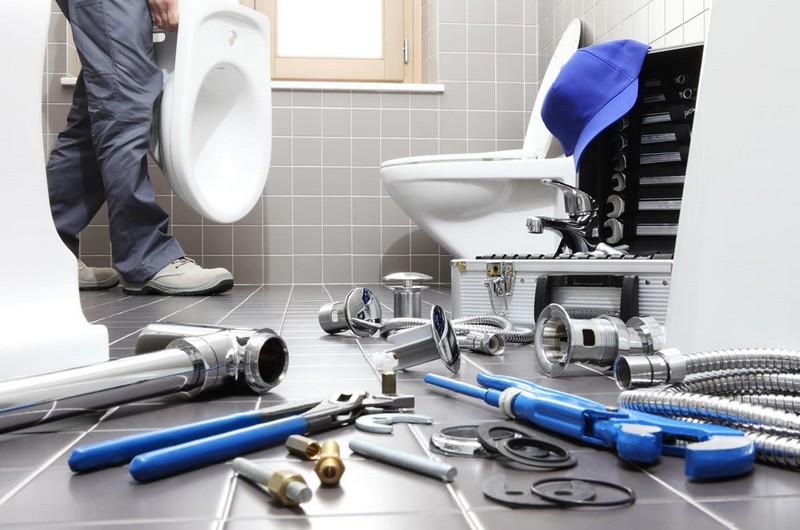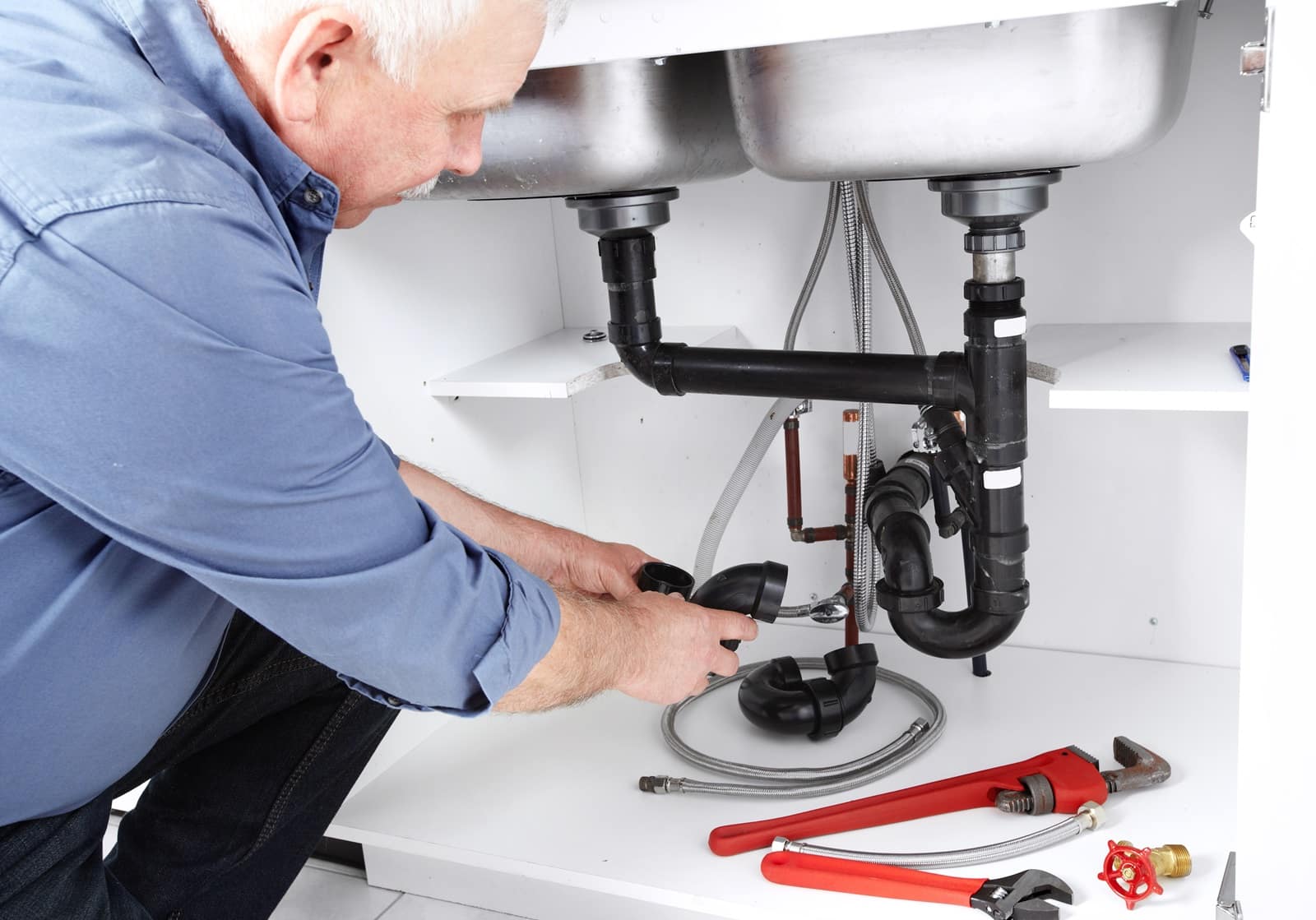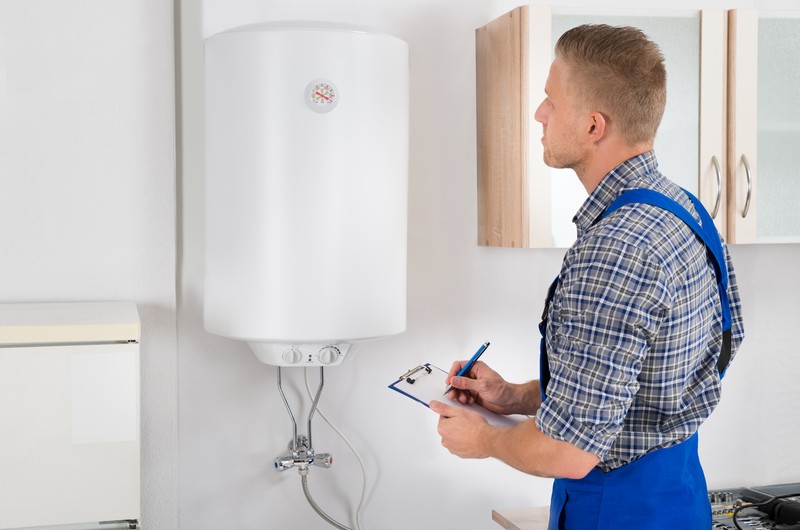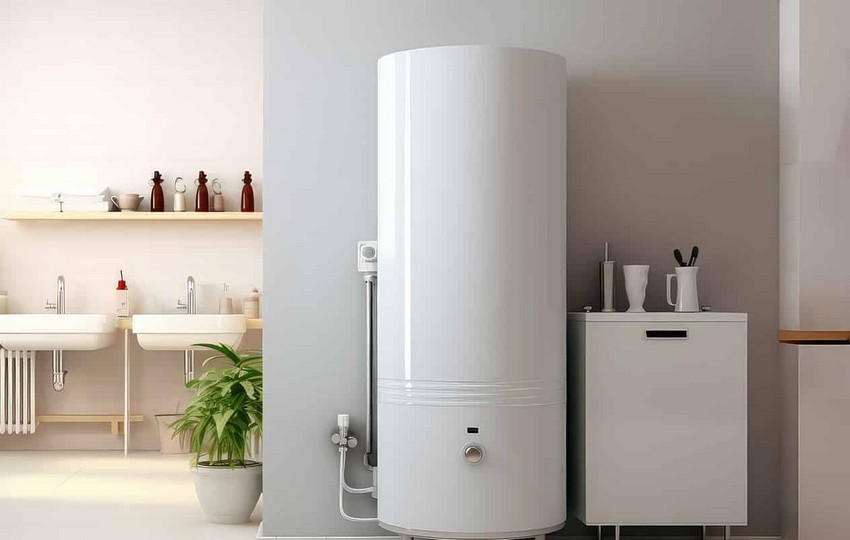 Tips for Avoiding Common Plumbing Mistakes
Tips for Avoiding Common Plumbing Mistakes

We all know that plumbing is a sensitive topic, but the truth is it’s not as hard as you think. There are many mistakes people make when they do their plumbing and if you take the time to avoid these mistakes then your home will be safer and more comfortable for years to come. Here are common plumbing mistakes everyone should avoid:
Not setting up a water heater correctly
A lot of people forget about this step, but it can cause problems down the road if you don’t set up your water heater correctly from the beginning. The first thing you want to do is find out how much space there is in your basement or crawlspace where pipes need to go before getting started with anything else. Next, get a water heater that is the right size for your home, making sure to use a smaller tank rather than a larger one. Finally, install an expansion tank on top of the water heater and set it near the top of your hot water pipes. This will help minimize banging noises as well as protect against hot water going everywhere if there’s ever a problem with the pressure.
Not using flexible supply lines
A lot of people make this mistake because they assume all supply lines are created equal which is not true. There is a variety of feed line sizes you’ll need depending on the kind of plumbing installed under your sink. For example, if you have two drains then you need to use a two-inch schedule 40 PVC pipe underneath the drain to run hot and cold water for your faucet. If you have a double sink then incorporate ¾ inch flexible supply lines made from ABS at the same time as you install ABS fittings onto the hot and cold water lines so they can be easily connected underneath your sink.
Not buying enough pipe insulation
Pipe insulation is cheap and will help stop those loud pipes that wake people up in the middle of their sleep, as well as protect your pipes from freezing if it ever gets below freezing outside. All you need to do is wrap 1 ½ inch of foam insulation around each set of exposed pipes both indoors and outdoors, especially along exterior walls where heat loss will make it freeze more quickly. This tip alone could save you a lot of money.
Not using the right kind of PVC cement
You’ll also need to use PVC primer and solvent cement when working with schedule 40 PVC if you don’t want any leaks, so be sure to buy it along with your pipe insulation and schedule 40 PVC pipe. Be careful not to buy ABS cement by accident because it won’t work on schedule 40 PVC. ABS cement should only be used for plastic ABS pipes since they expand more under pressure than other kinds of plumbing materials.
Forgetting to put a pan beneath the dripping faucet
One common mistake people make is forgetting to place plumber’s putty around their faucets before installing onto the sink. If you forget to put the plumber’s putty around your new faucet then it won’t stay in place, and if there is any water leaking out of it at all then the water will begin to drip down onto the counter. The fix for this problem would be to remove the entire faucet, reapply the plumber’s putty, and screw the faucet back into place.

Not using enough Teflon tape
Plumbing can seem like a black art sometimes because there are so many different kinds of plumbing supplies needed for each project. One thing that is simple though is Teflon tape. You should always use this when installing threaded pipe connections above or below your sink no matter what. Otherwise, you could have a slow drip that wastes water and does a lot of damage in the long run. Also, remember to apply Teflon tape when attaching PEX type supply lines in your home or commercial property as well.
Not using an air admittance valve
Plumbing vent stacks are designed for one thing: To release trapped gasses from within your plumbing system so they don’t become dangerous. Some people try to save money by not using them when renovating or during new construction, but this is a big mistake. Without these vents, pressure builds up inside the plumbing system and can cause the pipes to explode which damages everything nearby and obstructs water flow into the drains below. At best, an air admittance valve is a cheap way to keep your plumbing safe and working properly; at worst, it could save you from an expensive explosion.
Not using PEX
a lot of people think that copper pipes are the only option when they’re choosing what kind of supply lines to use under their sinks or in their homes. While this may be true for standard water distribution, PEX tubing is the right choice for the job because it can bend around corners without kinking which takes up less room than traditional piping like copper would. Also, PEX tubing is more durable and resistant to corrosion than other kinds of piping such as galvanized steel or lead soldering.
Forgetting about support piers
If you are installing a drainage system in your home, then you may think that the only way to attach it to the walls is with anchors. However, there are also support piers that can be used which are much stronger and last longer than those cheap plastic ones found at your local hardware store; these things will give your new wall-mounted pipe system some serious weight and keep it from falling.
And if you’re working with galvanized steel pipes then you should always use stainless steel clamps for an even better seal; otherwise, you could end up with leaks later on down the road.
Not using a plumber’s snake
This one is pretty straightforward. A plumber’s snake is just like any other plumbing tool except that it has ridges on the business end instead of threading. You often see them used in construction zones to clean out residential sewer lines, but they can also be useful at home for unclogging drains and toilets.
Forgetting to install an overflow pipe
If you install the drain system too low then there may come a day when you want to take advantage of gravity by letting water flow freely down into your drainage pipes; however if you don’t set up an overflow pipe first then this won’t be possible. The overflow pipe needs to be the same size as your downspout (about three inches in diameter) and it needs to be connected to the top end of the drain system. Essentially, if there is ever too much water flowing through your drainage pipes for them to handle then this overflow pipe allows you to direct all of that excess water into a safe location; normally, this location is outside of your home (such as in an adjacent flowerbed).



